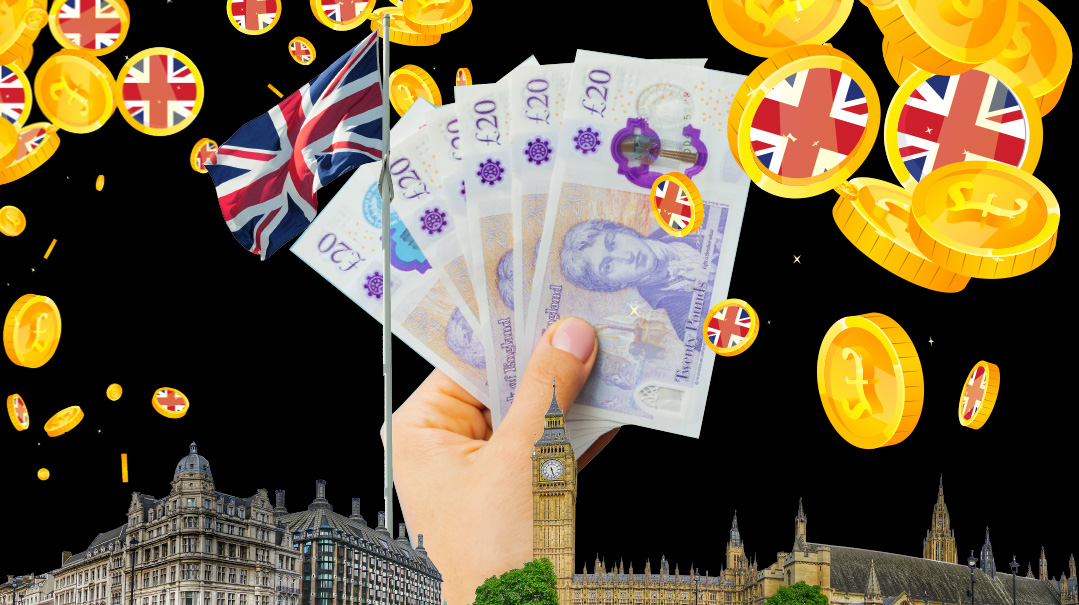Currency Exchange

How the UK made the change to decimalization

Imagine the government announces, out of the blue, that your country’s currency is going to change. Completely. New bills and new coins. And not only that — the whole math system of the currency will change as well! Sounds like a major nightmare, especially if you’re raking in the Chanukah gelt.
This actually happened about 50 years ago in the UK. And it was kind of hectic. But thanks to the folks who put up with the chaos in 1971, the UK now has a currency that makes way more cents -- I mean sense -- than “£sd.”
Old Money
I’ve confused you already.
£ is the symbol for UK currency and it means “pounds” (just like $ is the symbol for US currency and it means “dollars”). But what on earth is £sd? This delightful symbol is what the old British currency was called, a.k.a pounds shilling pence. £=pounds, s=shillings, d=pence. Yes, I agree that having a d for pence is weird. Check out the sidebar for an explanation.
You’ll see £sd a lot in this article, so you may as well know how to say it. It’s said L-s-d (el-ess-dee), and if you’ve read the sidebar then you know why the £ is an “L”.
The old money system was pretty complicated and had lots of coins:
1 shilling = 12 pence
£1 = 20 shillings (there was a £1 banknote)
1 penny = 2 halfpennies (pronounced “hay-pennies”)
1 halfpenny = 2 farthings
1 half crown = 2 shillings and 6 pence
There was also a 5 shillings and a 10 shillings banknote.
1 florin = 2 shillings
There were also threepence (“thruppence”) and sixpence coins.
Because 1 shilling was made up of 12 pence, you had to be really good at multiplying and dividing by 12. Also by 20, because there were 20 shillings in a pound. The old money system was written differently, as well. It looked a bit like a fraction, so for example: If half a dozen eggs cost 2s 3d (2 shillings and 3 pence), the shopkeeper would write it out like this: 2/3. Hm, that looks like it says two-thirds. It gets more confusing. If a radio cost £3 12s 3d, it was written out as 3/12/3. Which kind of looks like a date, but actually means 3 pounds, 12 shillings and 3 pence. Just to make things even more wild, you could choose to use a slash (/) like I just did above, or a dash: 2-3, or 3-12-3.
Oops! We could not locate your form.






